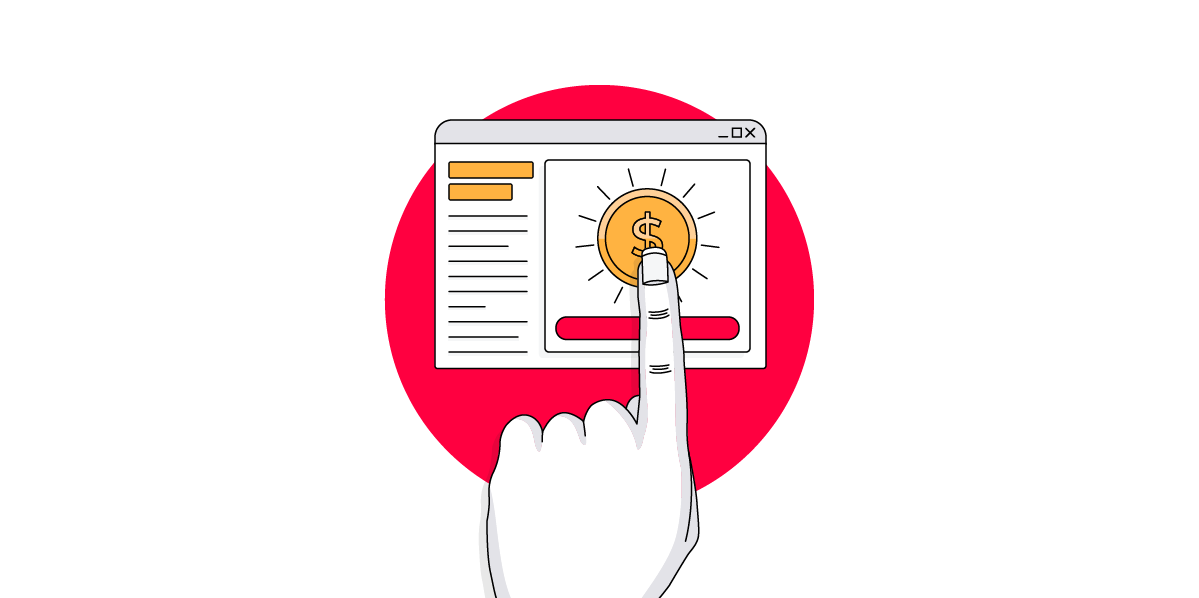With some of our clients seeing as much as two times the revenue in the Facebook Ads interface as Google Analytics for the same campaigns, you could come to the conclusion that Facebook is overstating conversions for their channel. But are they?
This phenomenon also creates a lot of issues when you aggregate performance data from other channels together – you find that once you add Facebook and Google Ads together you have 80 conversions but when you look at your website back end or Google Analytics you only have 50 conversions.
In this article I’m first going to unpack why Facebook’s counting of view-through conversions in their attribution model creates this issue of “double counting” conversions.
Secondly, we’re going to look at how to solve this with fractional attribution and finally answer the question: are Facebook’s view-through conversions really worth as much as Facebook states they are, or what percentage of a conversion should they really receive?
Why is the number of conversions in Facebook’s interface higher than Google Analytics?
The difference in numbers comes from the different platforms counting conversions differently using different attribution models.
Google Analytics uses a last-click attribution model whereas Facebook uses a last-click as well as counting view-through conversions, where a user sees your advert but does not click.
These view-through conversions, where Facebook counts a conversion that happened within one day of seeing your advert on Facebook, is what causes this discrepancy.
For example, take this customer journey: someone first visits your site from a generic Google advert where they searched for “men’s blue socks”, then they browse and leave. Later on they head over to Facebook and see your advert but don’t click on it. Finally they come back the next day and purchase the blue socks.
Here you would see a conversion in Google Ads because that was the last click, you would also see a conversion in Facebook because a user saw the ad a day before and it counts view-through conversions in the last 24 hours as a conversion.
In reality, there was only one sale but looking at the two interfaces you would see two conversions.
Google Analytics does not record Facebook’s view-through conversions so you would see the one conversion there, attributed to the Google Ads campaign.
How to attribute conversions in a multichannel world. Who should get the credit?
When you have multiple touch points across channels you’re bound to have overlap in terms of conversion reporting, so you will need to create a strategy for attributing conversions.
The best way to do this is typically with a fractional based attribution model where different touchpoints are given different weightings.
So for example if you have a £10 sale where a user had seen a Facebook ad and then later searched on Google and purchased, you might say that the view-through conversion that Facebook generated is worth 0.2 of a conversion.
The last-click Google touch point would then be awarded 0.8 of the conversion, resulting in one conversion overall as opposed to two.
How much weight should Facebook’s view through conversions be given?
This is where things get complicated as you must determine to what extent Facebook view-through conversions provide incremental conversion increases on other channels from a performance standpoint.
That is in addition to the value that you attribute to the brand awareness that you generate from Facebook ads, which is likely to be greater than that of search ads.
From a performance standpoint, previous experiments comparing a brands creative vs a blank creative to see if view-through conversions made a difference, suggest the value of view-through conversions being between 0 to 0.2.
A great way to determine the exact value for yourself is to run your own AB test with a placebo where you test running a blank advert vs your creative to see if the view-through conversions make any difference to performance.
Conclusions
The difference in revenue between Facebook’s interface and Google Analytics is caused by Facebook also counting view-through conversions that GA doesn’t.
When aggregating data it’s important to use an attribution model that will allow you to take into consideration multiple touch points.
This will ensure you don’t have one conversion attributed to both Facebook and Google and effectively double counting a conversion. Instead you need to attribute a fraction of the conversion to both.
Finally, approach view-through conversions with caution. I would suggest assuming that they only provide a small incremental performance uplift in other channels unless you can prove otherwise with an AB test of a blank creative vs your current creative.
Measuring Digital Marketing Effectiveness Best Practice Guide







